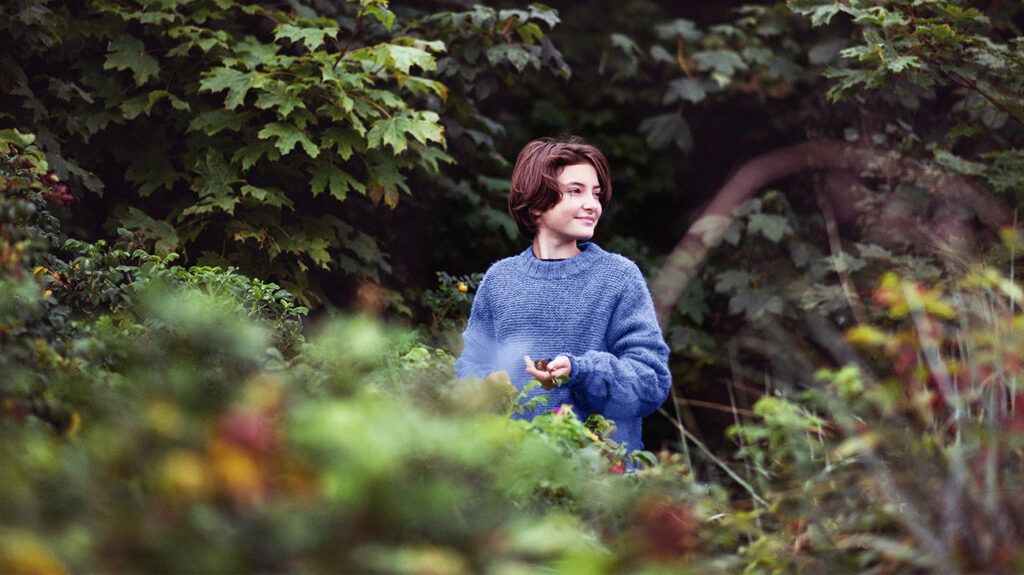Mindfulness activities may help teens and students reduce stress and anxiety, manage their emotions, and pay attention to the present.
Mindfulness exercises may also help with mild depression in teens. Depression is the fourth leading cause of illness and disability among adolescents aged 15–19 years.
Mindfulness is the practice of fully engaging in the current moment, rather than in the past or future. This skill may help teenagers and students handle the pressures they may experience at this life stage, such as academic work, social expectations, and relationships.
This article explores various mindfulness activities for teens and students, recognizing their unique challenges and providing practical strategies to foster well-being.

Mindfulness games offer an engaging way for teens and students to cultivate awareness. They aim to shift a person’s focus away from things they may be worrying about and redirect it to the present moment.
One example is the “five senses scavenger hunt,” where participants become aware of their surroundings, identifying sights, sounds, smells, tastes, and textures.
How to play:
- Take three deep breaths in and out.
- Walk around a yard, neighborhood, or home and use the five senses to find:
- five things you can see
- four things you can touch
- three things you can hear
- two things you can smell
- one thing you can taste
- Afterward, take a moment to reflect. It may help if a person thinks about questions, such as:
- Was one sense easier to use than others?
- Did you notice anything surprising?
- Which sensory experiences did you like or dislike?
Engaging in mindful hobbies can boost mental health. For example, a
Creative hobbies also provide an outlet for self-expression and contribute to a sense of accomplishment. Some creative hobbies that encourage mindfulness include:
- painting
- drawing
- doodling and scribbling
- making collages
- working with clay
- playing a musical instrument
- gardening
- sewing and textile art
A 2018 systematic review found creative arts therapies improved stress-related outcomes in over
Mindful physical activities can help people focus on the present by encouraging them to concentrate on how their body is moving and their breathing.
A
Mindfulness can become part of many physical activities and sports, including:
Teaching teenagers and students relaxation techniques equips them with valuable tools for managing stress. These techniques could include:
- Breathing exercises: Breathing exercises can activate the body’s relaxation response, providing a quick and effective way to alleviate stress. Some examples include diaphragmatic breathing, 4-7-8 breathing, and box breathing.
- Meditation: Meditation does not necessarily aim to induce relaxation. Instead, it brings a person’s focus to something in the present. This
could be their body, surroundings, breathing, or a word or phrase. This can have the effect of creating relaxation by slowing a person’s thoughts, breathing, or heart rate. - Progressive muscle relaxation: This is a specific type of meditation that involves tensing and relaxing muscles in the body, from the feet up to the head.
- Imagery and visualization: Looking at peaceful images, particularly of natural landscapes, can induce relaxation. People
can also use visualization techniques to imagine relaxing places in their minds, focusing on what they see, hear, smell, feel, or taste.
Even short mindfulness activities can lower stress and may be especially useful when teens are studying or have a busy schedule. Some ideas include:
- short meditations
- breathing exercises
- sun salutations
- short walks
Taking breaks from reading or computer work using the 20-20-20 rule is
Mindfulness is not limited to individual practices. It can also be a bonding experience with others. Group activities, such as guided meditation sessions or mindfulness workshops, create a supportive environment for teens and their families or friends to explore mindfulness together.
Mindfulness does not have to come from a class, though. It can be part of daily routine. For example, families can practice mindful eating over a shared meal, go on walks, or try creative hobbies together.
These activities have the added benefit of creating connections from families spending quality time together.
Mindfulness activities for teens and students offer a practical and effective way to navigate emotional challenges. It
Engaging in mindfulness games, hobbies, sports, and relaxation techniques are some of the options people can try. Mindfulness can be something a person does alone or as part of group activities with family or friends.
However, it is important to note that mindfulness alone cannot replace mental health treatment. If a teen or student is struggling with anxiety, low mood, or other symptoms, seek advice from a doctor or therapist.
Learn more about teen mental health.
